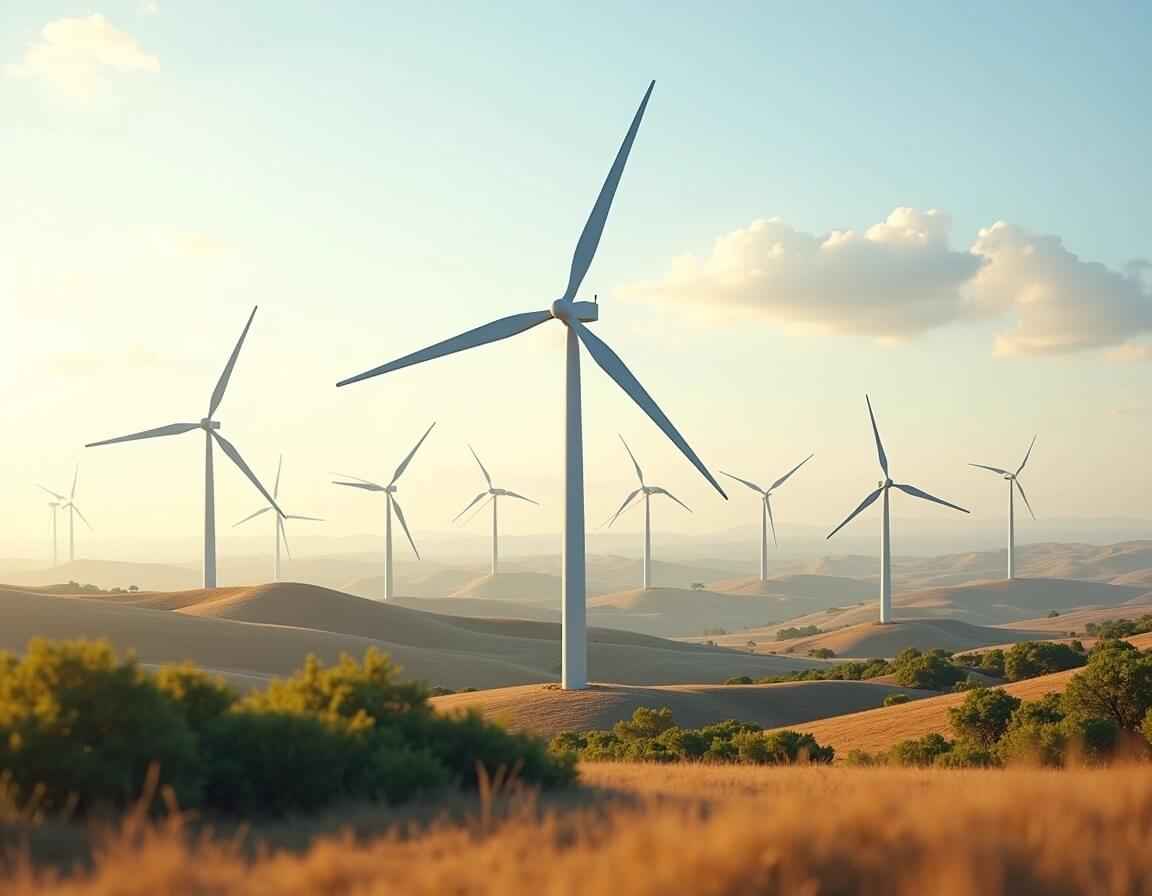Energy and Thermodynamics: Understanding the Behavior of Energy

Energy and thermodynamics are fundamental concepts in physics that describe the behavior of energy and its interactions with matter. Energy, the measure of the ability to do work, exists in various forms such as kinetic energy, potential energy, thermal energy, and more. Understanding the interplay between energy and motion is critical, as highlighted in the Laws of Motion.
Key Concepts
- Energy: The ability to do work.
- Kinetic Energy: The energy associated with motion.
- Potential Energy: The energy stored due to position or configuration.
- Thermal Energy: The energy related to heat and temperature.
- Conservation of Energy: Energy cannot be created or destroyed; it can only change forms.
The Laws of Thermodynamics
1. Zeroth Law of Thermodynamics
If two systems are in thermal equilibrium with a third system, they are also in thermal equilibrium with each other. This principle forms the basis of temperature measurement.
2. First Law of Thermodynamics
Energy cannot be created or destroyed, only converted from one form to another. This law is also known as the law of energy conservation.
3. Second Law of Thermodynamics
The total entropy of a closed system will always increase over time. Entropy measures disorder, and this law explains why energy transformations are often irreversible.
4. Third Law of Thermodynamics
As the temperature of a system approaches absolute zero, its entropy approaches a minimum value. Absolute zero is the theoretical temperature at which molecular motion ceases.
Real-World Applications of Energy and Thermodynamics
- Car Engines: Combustion converts chemical energy from fuel into kinetic energy, propelling the vehicle forward.
- Refrigerators: Electrical energy powers the system to transfer thermal energy, cooling the interior and expelling heat into the environment.
- Heat Pumps: Energy is utilized to transfer heat from one location to another, making these systems essential for heating or cooling buildings.
Quiz Time!
1. What is the definition of energy?
- a) The ability to do work.
- b) The energy of motion.
- c) The energy of position.
- d) The energy of heat.
Answer: a) The ability to do work.
2. What is the law of conservation of energy?
- a) Energy can be created or destroyed.
- b) Energy cannot be created or destroyed; only converted from one form to another.
- c) Energy is always increasing over time.
- d) Energy is always decreasing over time.
Answer: b) Energy cannot be created or destroyed; only converted from one form to another.
3. What is the second law of thermodynamics?
- a) The total entropy of a closed system will always decrease over time.
- b) The total entropy of a closed system will always increase over time.
- c) The total entropy of a closed system will always remain constant.
- d) The total entropy of a closed system will always approach a minimum value.
Answer: b) The total entropy of a closed system will always increase over time.
Energy and thermodynamics provide a profound understanding of how energy behaves and transforms in our universe. By grasping these principles, we unlock insights into natural phenomena and technological advancements that power our modern world.
Further Exploration
For those interested in a more technical understanding of thermodynamics, we recommend Thermodynamics: An Engineering Approach. This comprehensive textbook provides a detailed exploration of the subject. If you are looking for a more accessible introduction, Heat and Thermodynamics provides a clear and concise overview.
Table of Contents
- Energy and Thermodynamics: Understanding the Behavior of Energy
- Key Concepts
- The Laws of Thermodynamics
- **1. Zeroth Law of Thermodynamics**
- **2. First Law of Thermodynamics**
- **3. Second Law of Thermodynamics**
- **4. Third Law of Thermodynamics**
- Real-World Applications of Energy and Thermodynamics
- Quiz Time!
- **1. What is the definition of energy?**
- **2. What is the law of conservation of energy?**
- **3. What is the second law of thermodynamics?**
- Further Exploration
Related Posts

Fundamental forces of nature explained: Gravity, electromagnetic force, strong nuclear force, weak nuclear force. Learn about their properties, range, strength, and mediating particles.

Learn how objects move with our guide to Newton's Laws of Motion. Discover the principles of inertia, force, and acceleration, and see how they apply in everyday life.

Dive into Einstein's groundbreaking theories of relativity and understand how they shape our understanding of the universe.

Dive into the fascinating world of quantum mechanics, unraveling the principles governing the atomic and subatomic realms.